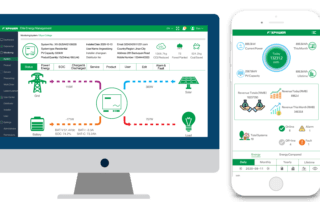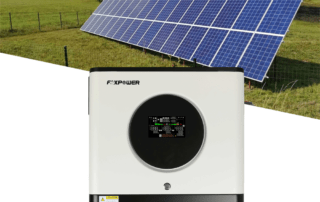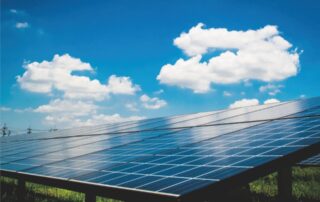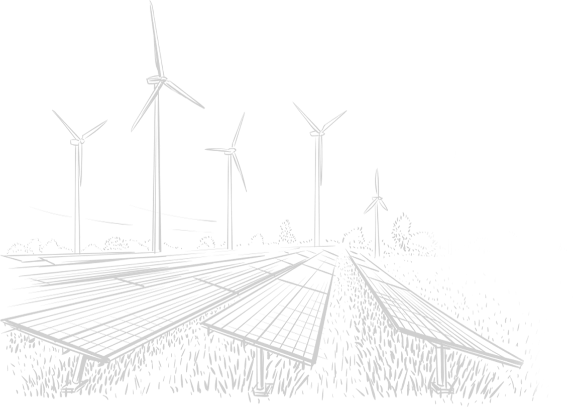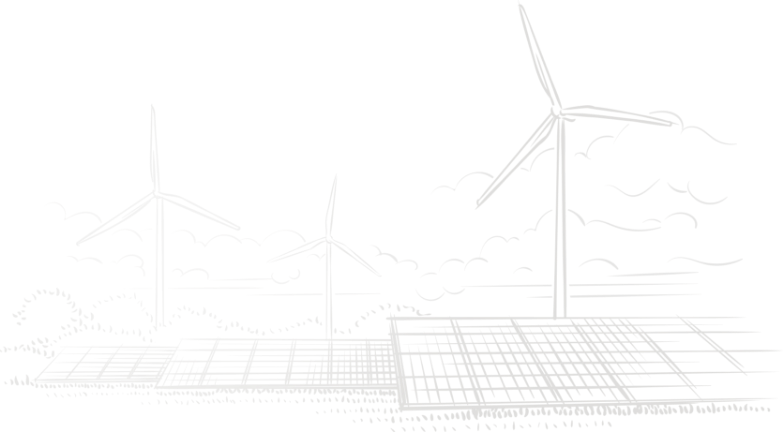How to increase the power generation of photovoltaic power stations?
As an important component of clean energy, photovoltaic power stations are increasingly used around the world. Increasing the power generation of photovoltaic power stations can not only improve the return on investment, but also maximize the use of renewable energy and reduce dependence on fossil fuels. So, how to increase the power generation of photovoltaic power stations? 1.Optimize the design of photovoltaic power stations 1.1. Site selection optimization: The site selection of photovoltaic power stations has a vital impact on the power generation. Choosing a location with sufficient sunshine and less shadow is the primary condition for improving the efficiency of photovoltaic power generation. Topography, climate and surrounding environment will affect the site selection decision of photovoltaic power stations. 1.2. Component selection: High-efficiency photovoltaic components are the basis for increasing power generation. There are differences in conversion efficiency between photovoltaic components of different brands and models. Choosing more efficient components can significantly increase power generation. In addition, attention should be paid [...]

